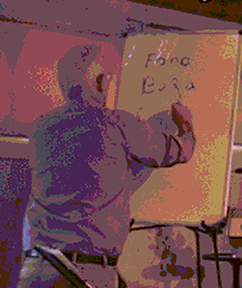

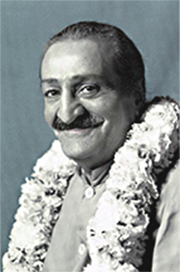
Contents
Preface to First Edition ix
Introduction to First Edition xiii
Introduction to Second Edition xxix
Part 1 States of Consciousness 1
Part 2 The Initial Urge and the Journey of Evolving
Consciousness 8
Part 3 Characteristics of the Different Kingdoms 28
Part 4 Reincarnation and the Impressionless
Equipoise of Consciousness 31
Part 5 The Planes 41
Part 6 Summary of States of Divine Consciousness 55
Part 7 The Sevenfold Veil 67
Part 8 The Beyond the Beyond State of God, the
First Urge and the Cycle of Evolution and
Involution of Consciousness 75
Part 9 The Ten States of God 159
Part 10 Conclusion 190
Contents of Supplement 191
Supplement 192
Epilogue 280
Glossary 281
Index 304

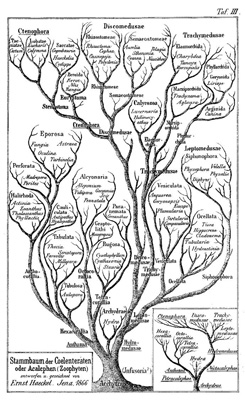
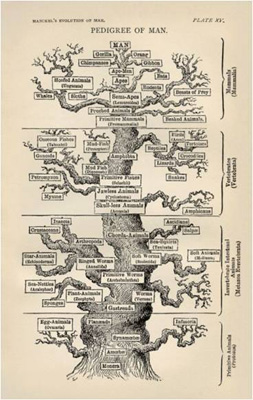
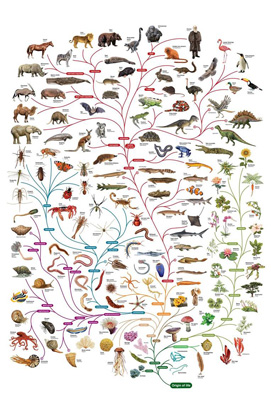
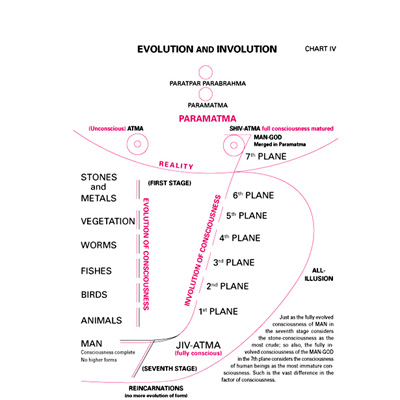

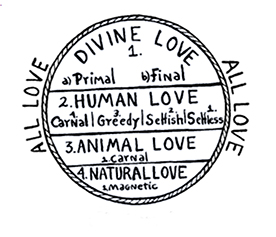
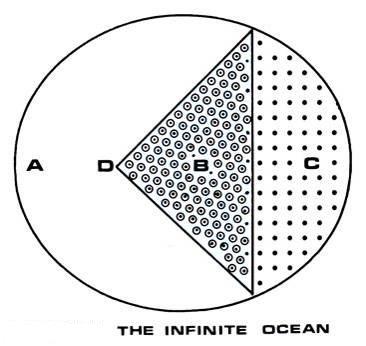
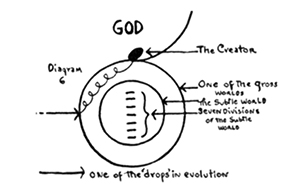
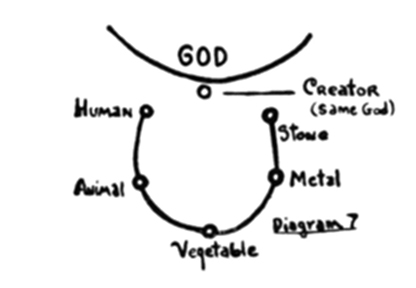
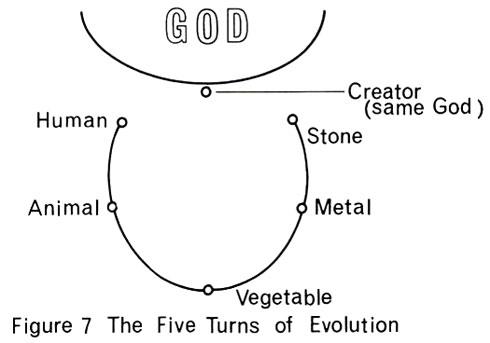
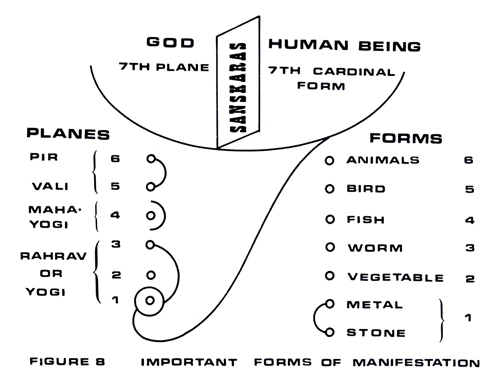
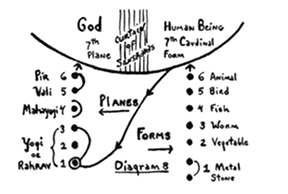
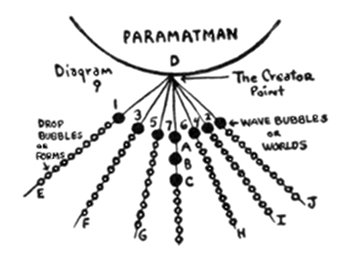
World No. 1 contains .....................................................................................................................Stones
World No. 2 contains................................................................................................... Stones and wind
World No. 3 contains..................................................................................... Stones, wind and metals
World No. 4 contains......................................................................... Stones, wind, metals and water
World No. 5 contains ...................................................Stones, wind, metals, water and vegetables
World No. 6 contains...................................Stones, wind, metals, water, vegetables and animals
World No. 7 contains...... Stones, wind, metals, water, vegetables, animals and human beings
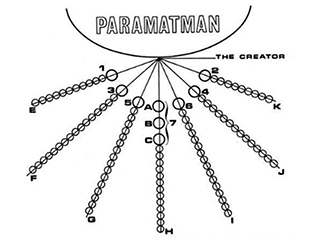
(1) Our earth is nearest to the Creator-Point;
(2) Our earth and our earth alone is directly connected with mental and subtle worlds;
(3) It is only on our earth that it is possible for human beings to possess intellect and love — head and heart — in equal proportions.
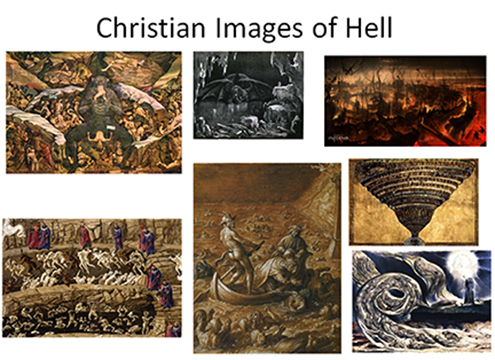
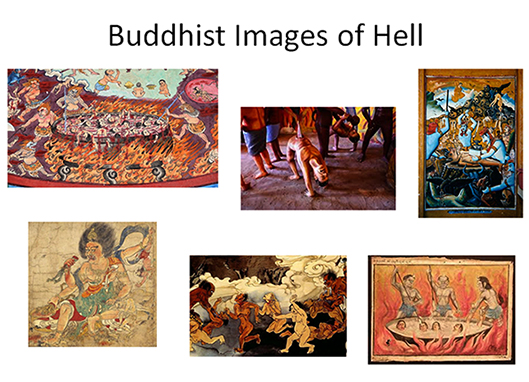
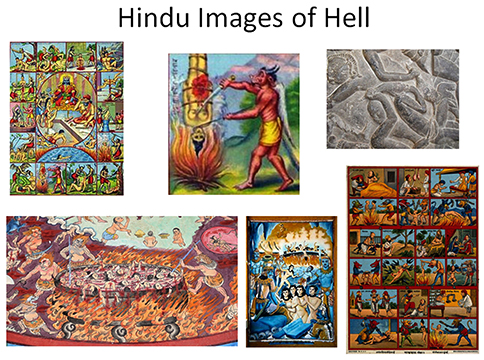
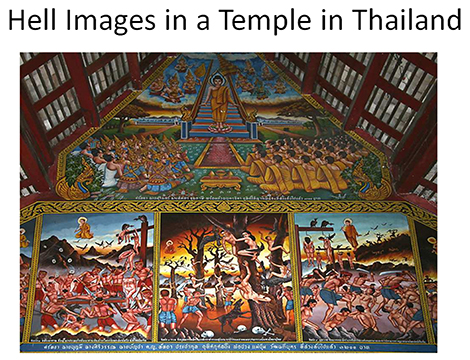
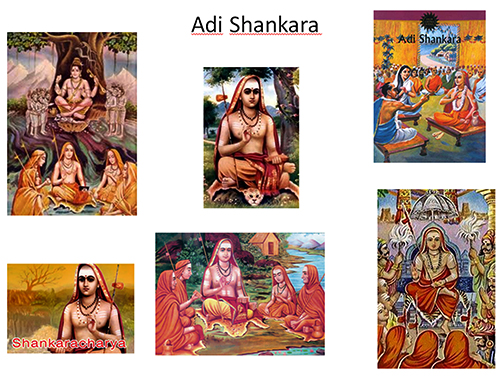

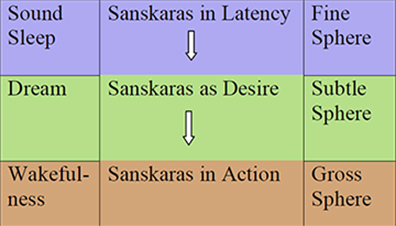
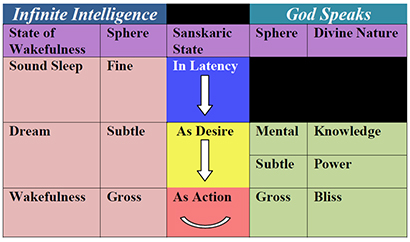
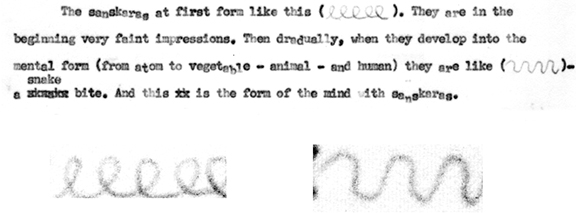
1. Sanchita: dormant karmas. Like arrows in the quiver.
2. Prarabdha: active karma. Analogy: Like arrows in flight.
3. Kriyamana—potential karma. Analogy: like arrows that have not yet been made.
1. Cessation of new sanskaras (comparable to stopping winding the ball of string)
2. The wearing out of old sanskaras (comparable to wearing out the string at the place where it is)
3. The unwinding of past sanskaras (comparable to unwinding the string)
4. The dispersion and exhaustion of some sanskaras
5. The wiping out of sanskaras (comparable to cutting the string with scissors)
(i) impermanence (anicca)
(ii) suffering or unsatisfactoriness (dukkha)
(iii) no-self (anattā)
(i) rūpa (form or matter);
(ii) vedanā (sensation or feeling);
(iii) samjnā (perception, conception, apperception, cognition, discrimination);
(iv) samskāra (mental formations, impulses, volition, compositional factors);
(v) vijñāna (consciousness, discernment)
1. ignorance (avidyā)
2. samskāra or impulse accumulations
3. consciousness (vijñāna)
4. name and form (nāma-rūpa)
5. the six “gates” or organs of discernment (Sadāyatana)
6. contact (sparśa)
7. sensation (vedanā)
8. desire (trsnā)
9. attachment (apādāna)
10. becoming (bhava)
11. birth (jāti)
12. aging and death (jarā-marana)
*The chain of causation is a manifestation of what Buddha called pratītyasamutpāda, “dependent arising.”
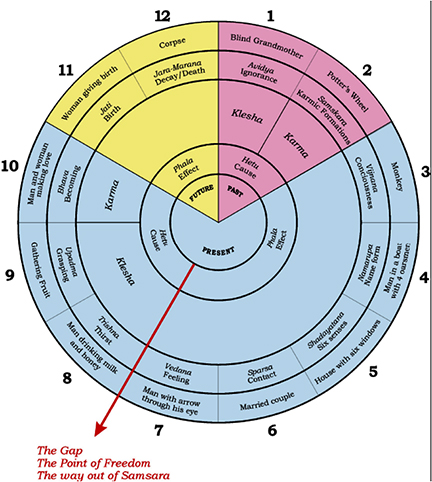
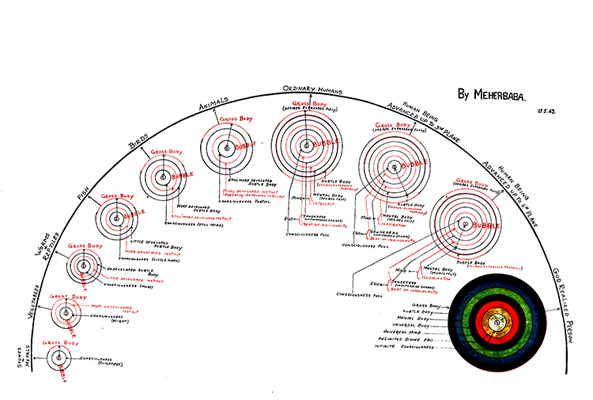

![]()
![]()
